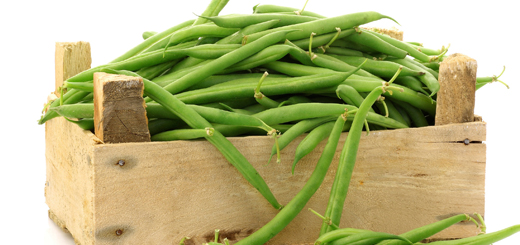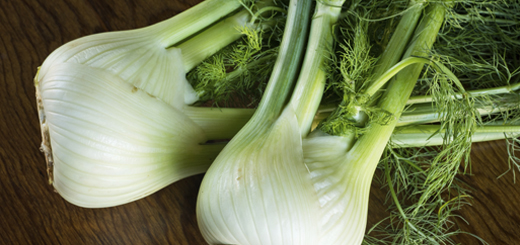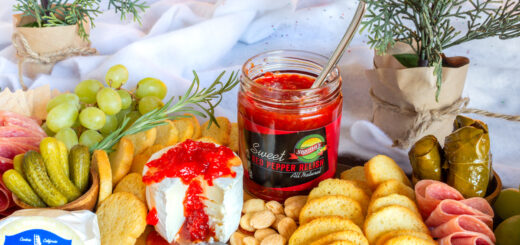In the Store with Sigona’s Featuring: Fava Beans, the luckiest bean of them all
Fava Beans, the luckiest bean of them all
By Robbie Sigona
While their alias is broad bean, those with family in Oklahoma know them as “horse beans.” Sicilians, on the other hand, are said to call them “lucky beans.”
 We’re talking about fava beans; the bright, kelly green bean with a subtle nutty flavor and creamy texture. Fava beans are one of the prized delicacies of the legume world. You should definitely give them a chance.
We’re talking about fava beans; the bright, kelly green bean with a subtle nutty flavor and creamy texture. Fava beans are one of the prized delicacies of the legume world. You should definitely give them a chance.
Local fava beans are in season from April to October. This week, the local favas are coming to us from a farmer in Fresno. It’s rare to find fresh, in-shell fava beans at most grocery stores as there aren’t enough to go around outside of independent and specialty produce stores or farmers’ markets.
According to Jack Bishop, author of Vegetables Every Day, fava beans, though called beans, are actually a member of the pea family. These kidney-shaped beans grow in pods with a velvet-like lining to protect the bean. Most pods grow to be about five to six inches long, though we’ve seen some at the store that are more than 10 inches long.
As with most legumes, fava beans are high in fiber, protein and iron. They’re also a good source of potassium and vitamins C& A. Favas are low in calories and in fat, and contain no cholesterol. Favas also contain high concentrations of dopamine (L-dopa), an amino acid that is a neurotransmitter in the brain and plays a role in memory, energy and sex drive. L-dopa is also used as a drug to treat Parkinson’s disease.
Fresh fava beans do require a bit more preparation than most other varieties. Aside from shelling the beans, they need to be blanched in boiling water, dunked in an ice bath and then the edible inside-most part (the bright green bean) needs to be popped out from its thick, light green skin before they’re ready for even the most simple recipe.
 All this work may make favas seem like too much work, but they’re definitely worth the trouble. Plus, shelling beans with your spouse, children or grandchildren makes for light work. Plus, while shelling beans you can tell the story of why Sicilians call fava beans “lucky beans.”
All this work may make favas seem like too much work, but they’re definitely worth the trouble. Plus, shelling beans with your spouse, children or grandchildren makes for light work. Plus, while shelling beans you can tell the story of why Sicilians call fava beans “lucky beans.”
According to many fablers and sources including Catholicculture.org, the legend of the lucky fava bean began during a drought and resulting famine in the Middle Ages in Sicily. The fable goes that the Sicilians prayed to St. Joseph to deliver them from the drought and he did so, sustaining the population on fava beans, a crop intended for cattle, but fed the people as its drought resistant. As an offering of thanks, the Sicilians created altars of food dedicated to the saint.
This tradition is still recognized each year on March 19th in Sicily and in New Orleans, a popular destination for Sicilians immigrants. Dried fava beans, or “lucky beans,” are blessed by a priest and handed out to participants in recognition of St. Joseph’s provision. The saying goes that one should “Keep a lucky bean in your purse, and you will never go broke. Keep it in your pantry, and you will never go hungry.”
Favas are popular in many ethnic dishes and are just as good when simply sautéed with olive oil, salt and pepper. Check out our blog for some wonderful fava bean recipes including Pasta with Greens and Fava Beans, Bissara (Moroccan Fava bean Dip) and Fava beans & crispy pancetta. Also, if you need selecting and storing Fava Beans, check out our produce tips on how to pick out the best.











